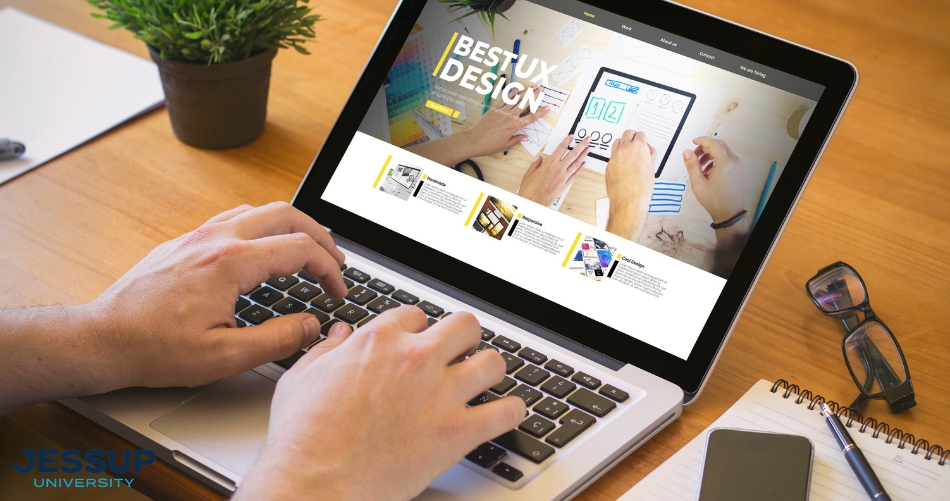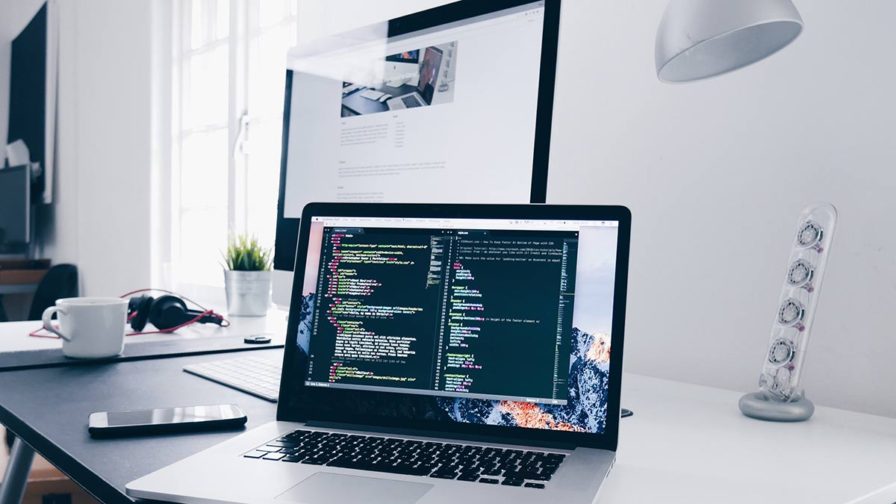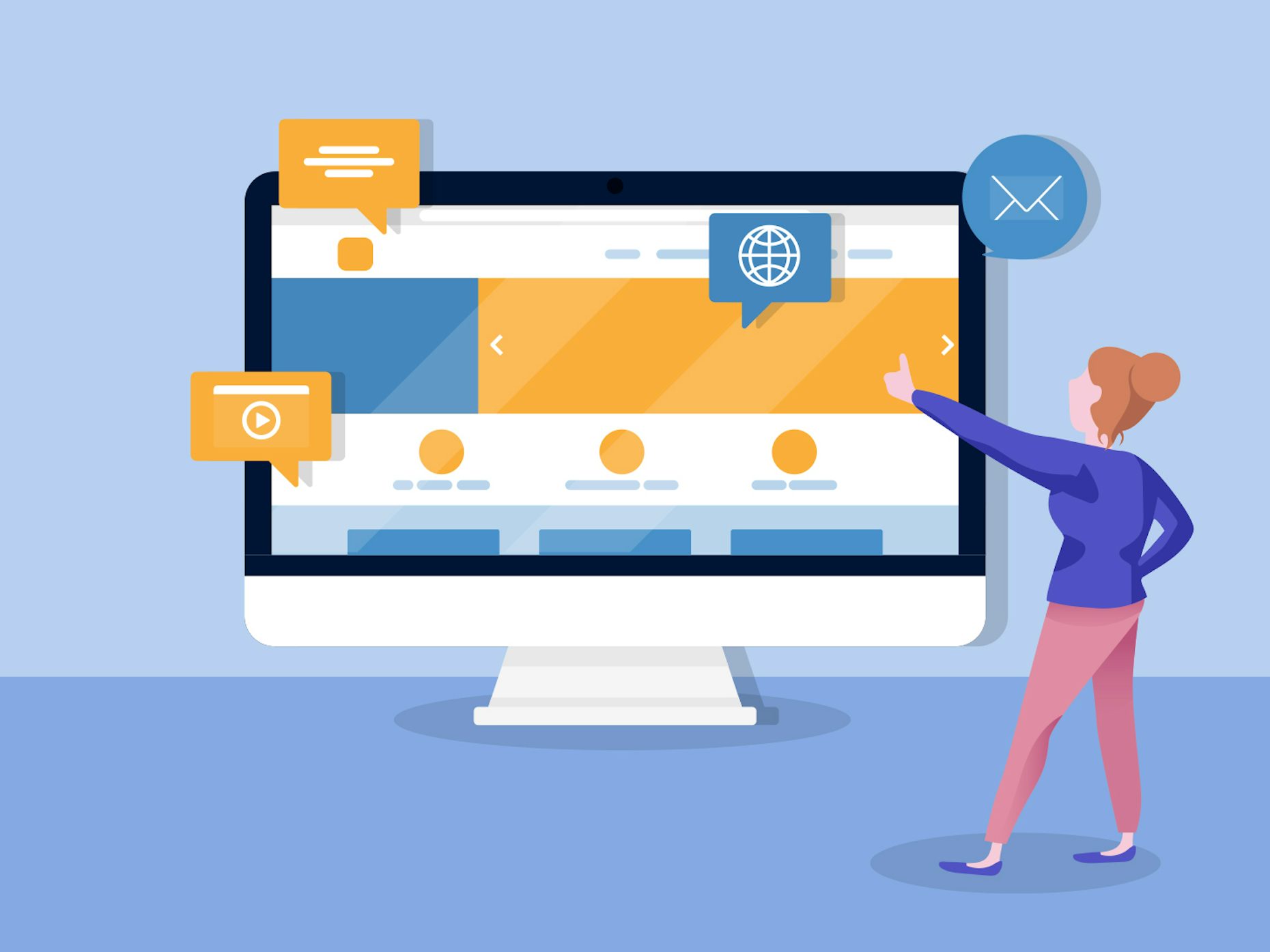Stay Ahead of the Competition with Custom Web Design In Guildford
Just How to Boost Individual Experience With Strategic Website Design
In the realm of digital innovation, individual experience (UX) has actually ended up being the linchpin of effective website design. A tactical, user-centered approach, emphasizing aesthetic uniformity, user-friendly formats, and responsive design, can significantly improve an internet site's functionality and charm. As we explore these principles thoroughly, the significance of integrating customer comments and the duty of UX in individual retention will certainly additionally be checked out, inviting a much deeper understanding of this important element of web design.
Comprehending the Importance of Customer Experience in Website Design
The significance of internet style lies not just in looks, yet essentially in the customer experience it uses. User experience, or UX, describes the overall experience a person has while connecting with a site or internet application, especially in terms of just how comfy and pleasing it is to use (Web Design In Guildford). It is an important facet of website design, as it directly influences the customers' impressions, actions, and overall interaction with the site
A properly designed internet site with a poor customer experience belongs to a stunning building with a badly intended interior; it might look appealing externally, yet it stops working to offer its desired function successfully. It may discourage customers from staying on the web site, leading to high bounce prices, low user engagement, and eventually, failure to accomplish the site's objectives. This highlights the relevance of incorporating user experience right into the website design process right from the start.
Using User-Centered Style Principles
The application of user-centered style concepts starts with understanding customer habits. This expertise creates the basis for producing a reliable user interface design. These 2 key components, when masterfully integrated, lead to an enhanced user experience on any type of web site.

Recognizing Individual Behavior
Why do users act the method they do on web sites? Individual behavior is determined by a wide range of variables, chief among them being their specific needs and choices, prior on-line experiences, and general internet savviness. The design of the web site additionally plays a significant function. A tidy, user-friendly design can direct users to behave in a certain way, such as leading them towards particular activities or info. Alternatively, a complex or chaotic layout can discourage communication and cause high bounce prices. Understanding user habits entails studying and evaluating these fads and patterns. Utilizing this knowledge, web designers can produce a lot more effective, straightforward sites that fulfill the needs of their audience, therefore enhancing user experience.
Reliable User Interface Layout

Leveraging Receptive Design for Ideal Viewing
Progressing in the discourse, the interest now shifts to the significance of leveraging receptive design for optimum viewing. This entails checking out the procedure of implementing receptive web layout and comprehending its effect on customer experience. The following discussion intends to illuminate the advantages of optimal viewing and how receptive design facilitates it.
Carrying Out Receptive Web Layout
Using the power of responsive web design is an important step in the published here direction of improving customer experience. To implement this effectively, internet developers should consider a selection of variables. The design should adjust effortlessly to numerous screen sizes, from desktop computer displays to smaller smart phones. This calls for an adaptable grid-based system, making certain material resizes efficiently. Pictures should additionally be adaptable, getting used to fit the offered display location without distortion. Additionally, developers should incorporate media inquiries, enabling the internet site to recognize the user's device type and screen size. These components incorporated produce a responsive web style that readjusts to the individual's demands. While the procedure might seem complicated, the result is a more available and intuitive web site, dramatically enhancing the user experience.
Advantages of Optimum Watching

In addition, responsive style can result in improved SEO rankings, as online search engine prefer websites that satisfy several devices. Lastly, it can minimize bounce prices and improve conversion prices as individuals are less likely to desert websites that are very easy to browse. Therefore, ideal viewing can significantly enhance user experience, making it a crucial element of calculated website design.
Incorporating Easy Navigating and Intuitive Layouts
Reduce and intuition in internet site navigating create the bedrock of individual complete satisfaction. If individuals battle to locate what they are looking for, they are likely to abandon the website and seek alternatives.
Basic navigation menus, breadcrumb routes, and clickable buttons assist customers via the website effortlessly. Consistency in design components throughout pages also adds to intuitive navigating. As an example, placing the search bar or the shopping cart icon in the same area on every web page enables individuals to situate these functions rapidly.
In addition, an intuitive layout is one that expects customer demands. It positions components and info where individuals expect them to be. This decreases the cognitive tons on individuals, boosting their total experience on the website.
The Function of Visual Style in Individual Experience
While the structure and layout of a website are substantial for individual experience, the aesthetic layout plays an equally important role. A irregular or cluttered visual style can confuse customers and lead to an adverse customer experience. Internet designers have to purposefully utilize Continued aesthetic style aspects to produce a user-friendly and unified individual interface that boosts the total customer experience.
Situation Studies: Effective Individual Experience Layout in Activity
In spite of the theoretical expertise on customer experience layout, it obtains genuine value when applied in practical scenarios. Airbnb, an international online industry, effectively boosted their customer experience by upgrading their internet site.
The results were a significant increase in mobile web traffic and customer involvement, demonstrating the effectiveness of tactical internet style in enhancing individual experience. go to this site These situation research studies show that practical application of user experience design can produce substantial advantages.
Verdict
To conclude, tactical website design is a crucial tool in improving customer experience. By applying user-centric layout concepts, leveraging receptive design, including instinctive navigation and layouts, and taking advantage of the power of aesthetic style, businesses can produce internet sites that are pleasing and engaging for customers. Efficient website design, showcased via different successful instance researches, dramatically increases customer involvement and retention prices, verifying its crucial duty in digital success.
As we check out these principles in detail, the importance of incorporating user responses and the role of UX in customer retention will certainly also be checked out, inviting a much deeper understanding of this critical aspect of web design.
It may prevent customers from staying on the web site, leading to high bounce rates, low individual interaction, and ultimately, failing to accomplish the website's goals. A chaotic or irregular aesthetic layout can lead and perplex individuals to an unfavorable user experience. Internet developers should purposefully make use of aesthetic layout components to produce a intuitive and harmonious user interface that improves the total user experience. The outcomes were a considerable rise in mobile traffic and customer interaction, demonstrating the efficiency of tactical internet layout in improving user experience.